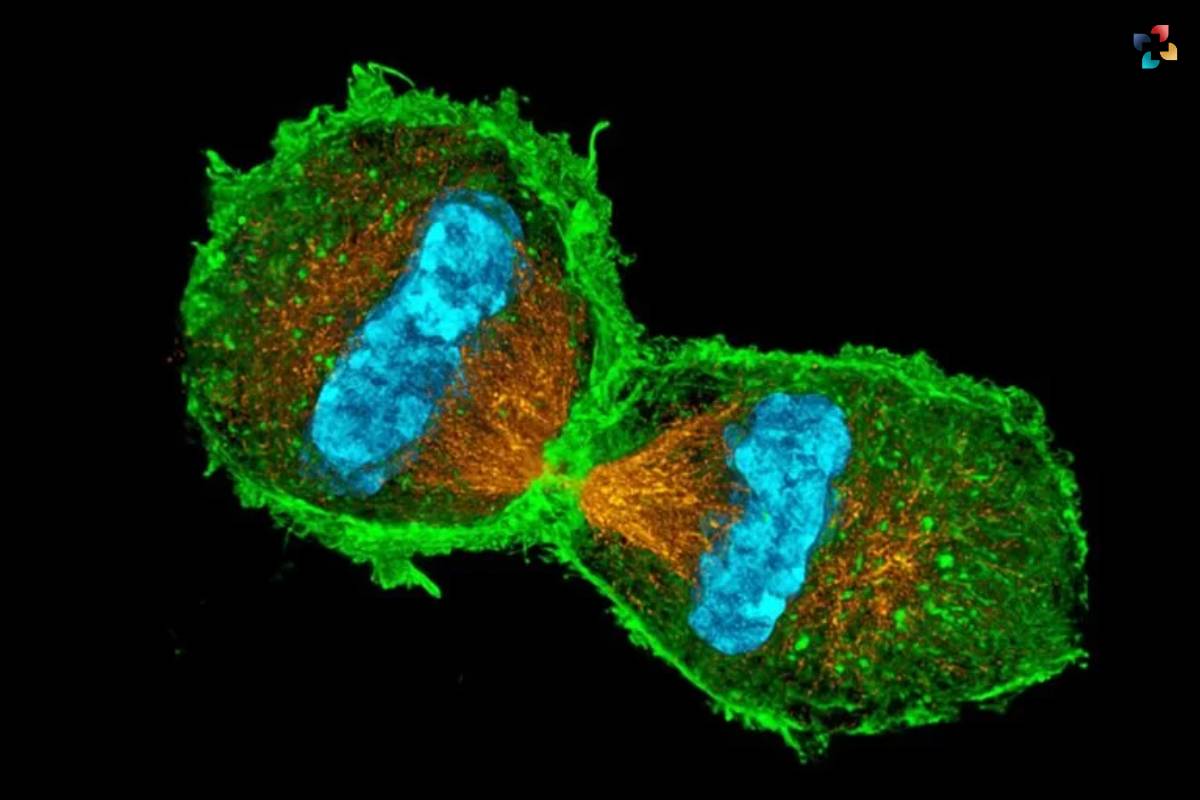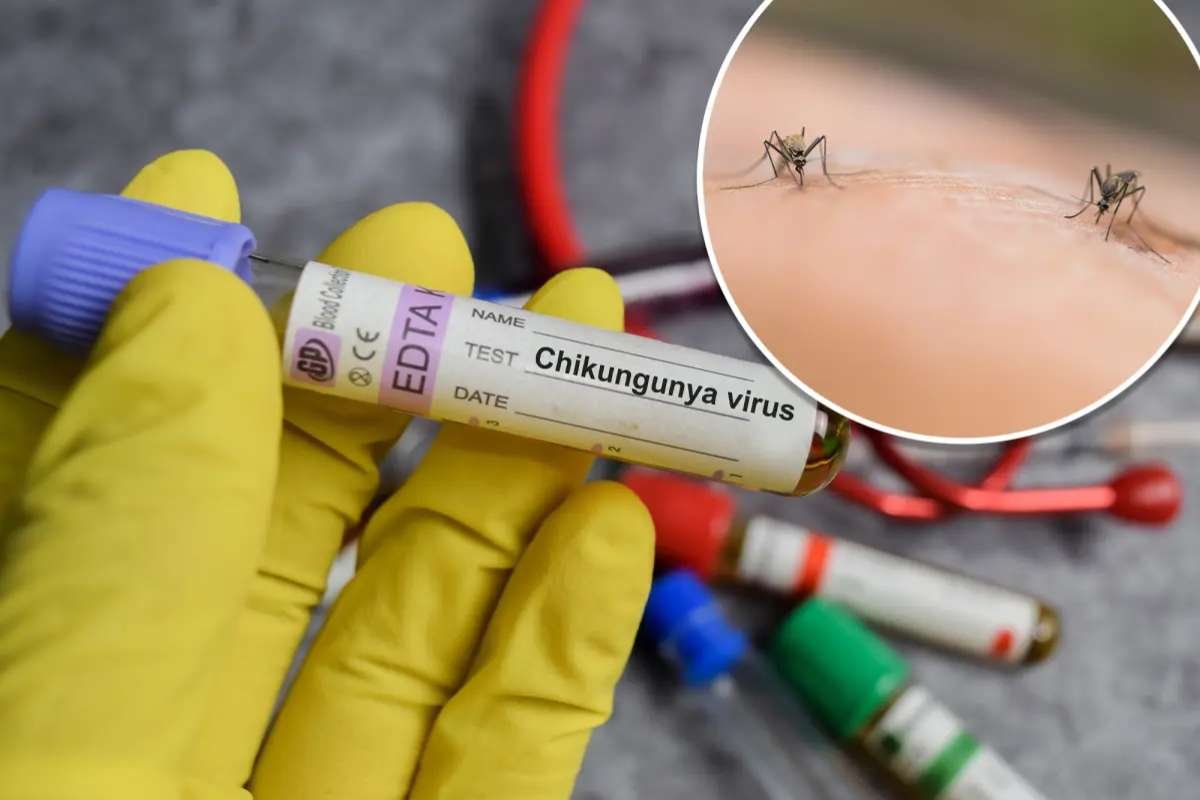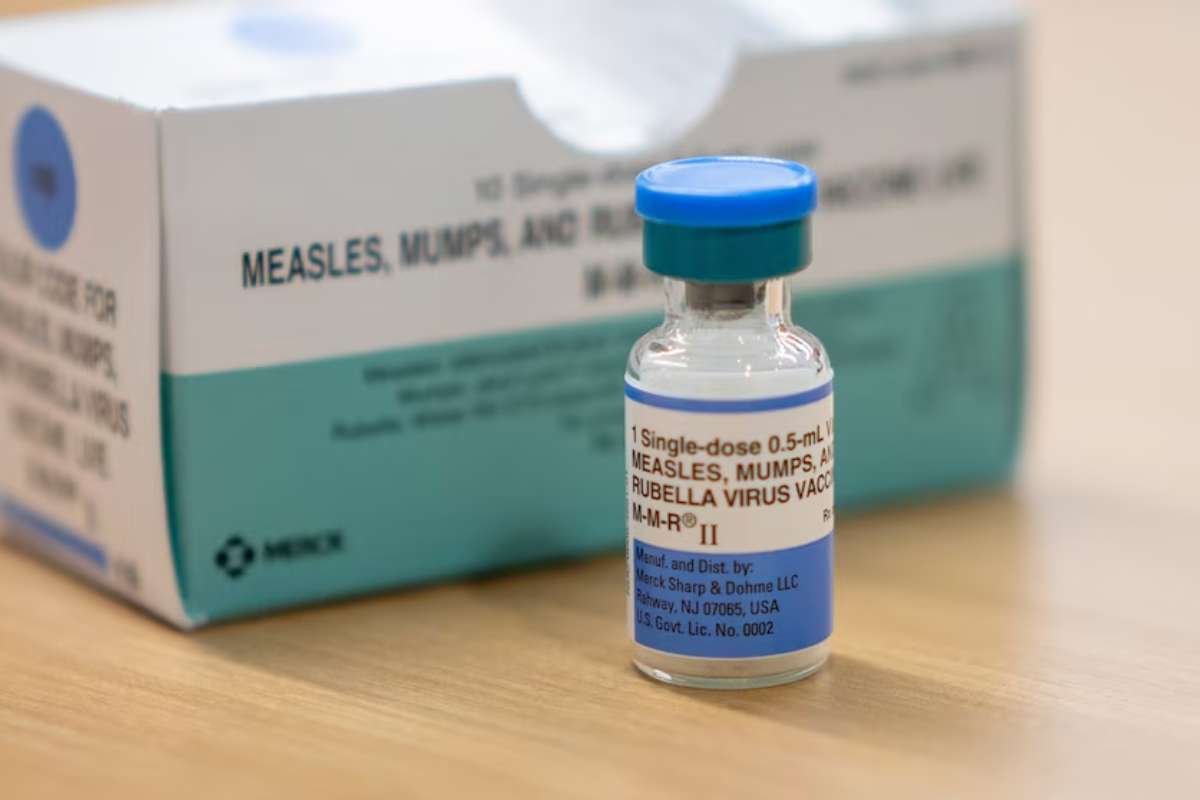The complex apparatus known as the mitotic spindle is at the center of cell division. An outline of the critical function of the mitotic spindle in coordinating the accurate segregation of chromosomes during cell division is given in this section. Examine how this molecular machinery functions dynamically and how it plays a crucial role in maintaining the accurate transfer of genetic material to daughter cells.
An essential component of cell division is the complex and dynamic structure known as the mitotic spindle. It is the genius behind the architecture, making sure that the chromosomes are correctly segregated into the newly formed daughter cells. The complicated dynamics of the mitotic spindle are unraveled in this article, illuminating both its primary roles and the molecular actors involved in this vital biological process.
Primary roles and the molecular actors involved in the Mitotic Spindle process:
1. Structural Components

Building Blocks of the Mitotic Spindle Delving deeper, this section explores the structural components that constitute it. From microtubules to centrosomes, understand how these building blocks collaborate to form the spindle apparatus. Insight into the organization and regulation of these components provides a foundation for comprehending the spindle’s role in maintaining genomic stability.
Microtubules, centrosomes, and associated proteins intricately weave together to construct the mitotic spindle. This section elucidates the structural components that form the foundation of this dynamic apparatus. Understanding the organization and regulation of these building blocks is paramount to unraveling the mitotic spindle’s contribution to maintaining genomic stability throughout the cell division process.
2. Dynamic Assembly
Choreography of Chromosome Segregation is not a static structure but undergoes dynamic changes as cells progress through different stages of division. Explore the dynamic assembly of the mitotic spindle, from its formation during prophase to the intricate dance of chromosomes orchestrated by the spindle fibers during metaphase, anaphase, and telophase. Grasp the regulatory mechanisms that ensure precise chromosome segregation.
Witness the dynamic assembly of the mitotic spindle, a process that unfolds with precision as cells traverse the various stages of division. From the initial formation during prophase to the orchestrated movement of chromosomes in metaphase, anaphase, and telophase, the mitotic spindle undergoes intricate changes. This section unveils the regulatory mechanisms that govern this dynamic process, ensuring the accurate segregation of chromosomes and the formation of genetically identical daughter cells.
Also Read: Unveiling the Wonders of Cell Division
3. Mitotic Checkpoints

Safeguarding Chromosomal Integrity Mitotic checkpoints act as vigilant guardians, ensuring the fidelity of chromosome segregation. This segment explores the crucial role of checkpoints in monitoring key events during mitosis. Understand how these regulatory mechanisms contribute to error detection and correction, preventing the propagation of genetic abnormalities to daughter cells.
Mitotic checkpoints stand as vigilant sentinels, safeguarding the integrity of chromosome segregation. This section delves into the critical role of these checkpoints in monitoring key events throughout mitosis. By exploring how these regulatory mechanisms contribute to the detection and correction of errors, gain insights into their pivotal role in preventing the inheritance of genetic abnormalities by daughter cells.
4. Mitotic Spindle Aberrations
Implications for Disease Despite its precision, the mitotic spindle is susceptible to aberrations that can have profound implications. This part investigates the various aberrations and disruptions that can occur during mitosis, leading to chromosomal instability and potential links to diseases such as cancer. Explore the molecular underpinnings of spindle aberrations and their contributions to pathological conditions.
While the mitotic spindle operates with remarkable precision, it is not immune to aberrations that can carry profound implications. This section scrutinizes the diverse aberrations and disruptions that may occur during mitosis, giving rise to chromosomal instability and potential associations with diseases, notably cancer. Dive into the molecular intricacies underlying spindle aberrations and their contributions to pathological conditions, providing a nuanced understanding of the link between mitotic spindle dynamics and disease.
5. Emerging Frontiers

Advances in Mitotic Spindle Research The field of mitotic spindle research is continually evolving, with ongoing advancements shedding new light on its intricacies. Explore the latest discoveries and emerging frontiers in its research, from cutting-edge imaging technologies to innovative therapeutic strategies that target the spindle for cancer treatment. Gain a glimpse into the future of this dynamic field and its potential implications for both basic science and clinical applications.
As technology propels scientific exploration forward, mitotic spindle research stands on the brink of exciting advancements. This section navigates through the latest discoveries and emerging frontiers in the field. From state-of-the-art imaging technologies unraveling previously unseen details to innovative therapeutic strategies targeting the spindle for cancer treatment, explore the evolving landscape of mitotic spindle research. Peer into the future, contemplating the potential implications of these advancements for both basic science and clinical applications.
Conclusion
Finally, consider the complicated function of the mitotic spindle in cell division as a symphony of accuracy and intricacy. Describe its essential roles in maintaining genomic stability, coordinating dynamic processes during mitosis, and determining the consequences for health and illness. Accept this molecular apparatus’s dynamic character and its importance within the larger framework of cellular life.
As we conclude our investigation, pause to consider the diverse functions of the mitotic spindle. In the great show of cell division, it functions as a symphony of complexity and accuracy. Recap the central contributions of the mitotic spindle, from safeguarding genomic stability to orchestrating dynamic events throughout mitosis. Acknowledge its far-reaching implications for both cellular health and disease. Embrace the dynamic nature of this molecular apparatus, recognizing its significance in the broader context of cellular life.







